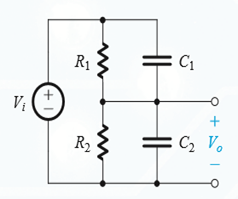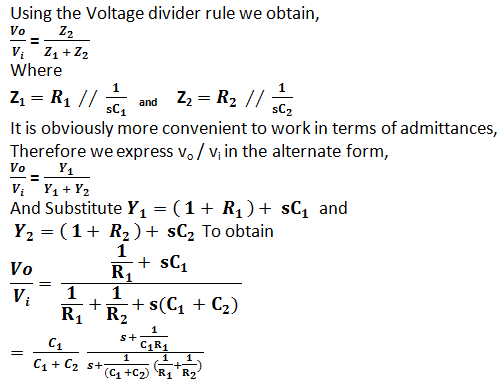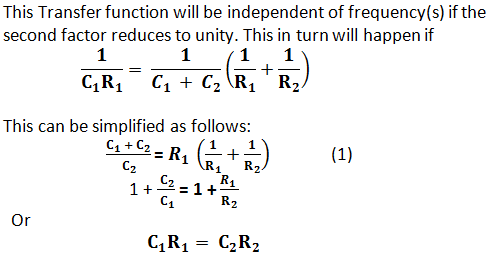This set of Electronic Devices and Circuits Multiple Choice Questions & Answers (MCQs) focuses on “Frequency Response of Amplifier”.
1. Consider a voltage amplifier having a frequency response of the low-pass STC type with a dc gain of 60 dB and a 3-dB frequency of 1000 Hz. Then the gain db at
a) f = 10 Hz is 55 db
b) f = 10 kHz is 45 db
c) f = 100 kHz is 25 db
d) f = 1Mhz is 0 db
View Answer
Explanation: Use standard formulas for frequency response and voltage gain.
2. STC networks can be classified into two categories: low-pass (LP) and high-pass (HP). Then which of the following is true?
a) HP network passes dc and low frequencies and attenuate high frequency and opposite for LP network
b) LP network passes dc and low frequencies and attenuate high frequency and opposite for HP network
c) HP network passes dc and high frequencies and attenuate low frequency and opposite for LP network
d) LP network passes low frequencies only and attenuate high frequency and opposite for HP network
View Answer
Explanation: By definition a LP network allows dc current (or low frequency current) and an LP network does the opposite, that is, allows high frequency ac current.
3. Single-time-constant (STC) networks are those networks that are composed of, or can be reduced to
a) One reactive component (L or C) and a resistance (R)
b) Only capacitive component (C) and resistance (R)
c) Only inductive component (L) and resistance (R)
d) Reactive components (L, C or both L and C) and resistance (R)
View Answer
Explanation: STC has only one reactive component and one resistive component.
4. The signal whose waveform is not effected by a linear circuit is
a) Triangular Waveform signal
b) Rectangular waveform signal
c) Sine/Cosine wave signal
d) Sawtooth waveform signal
View Answer
Explanation: Only sine/cosine wave are not affected by a linear circuit while all other waveforms are affected by a linear circuit.
5. Which of the following is not a classification of amplifiers on the basis of their frequency response?
a) Capacitively coupled amplifier
b) Direct coupled amplifier
c) Bandpass amplifier
d) None of the mentioned
View Answer
Explanation: None of the options provided are correct.
6. General representation of the frequency response curve is called
a) Bode Plot
b) Miller Plot
c) Thevenin Plot
d) Bandwidth Plot
View Answer
Explanation: General representation of frequency response curves are called Bode plot. Bode plots are also called semi logarithmic plots since they have logarithmic values values on one of the axes.
7. Under what condition can the circuit shown be called a compensated attenuator.

a) C1R1 = C2R2
b) C1R2 = C2R1
c) C1C2 = R1R2
d) R1 = 0
View Answer
Explanation: Standard condition of a compensated attenuator. Here is the derivation for the same.


8. When a circuit is called compensated attenuator?
a) Transfer function is directly proportional to the frequency
b) Transfer function is inversely proportional to the frequency
c) Transfer function is independent of the frequency
d) Natural log of the transfer function is proportional to the frequency
View Answer
Explanation: Transfer function does not has frequency in its mathematical formula.
9. Which of the following is true?
a) Coupling capacitors causes the gain to fall off at high frequencies
b) Internal capacitor of a device causes the gain to fall off at low frequencies
c) All of the mentioned
d) None of the mentioned
View Answer
Explanation: Both the statements are false.
10. Which of the following is true?
a) Monolithic IC amplifiers are directly coupled or dc amplifiers
b) Televisions and radios use tuned amplifiers
c) Audio amplifiers have coupling capacitor amplifier
d) All of the mentioned
View Answer
Explanation: These all are practical applications of different types of amplifiers.
Sanfoundry Global Education & Learning Series – Electronic Devices and Circuits.
To practice all areas of Electronic Devices and Circuits, here is complete set of 1000+ Multiple Choice Questions and Answers.
If you find a mistake in question / option / answer, kindly take a screenshot and email to [email protected]
